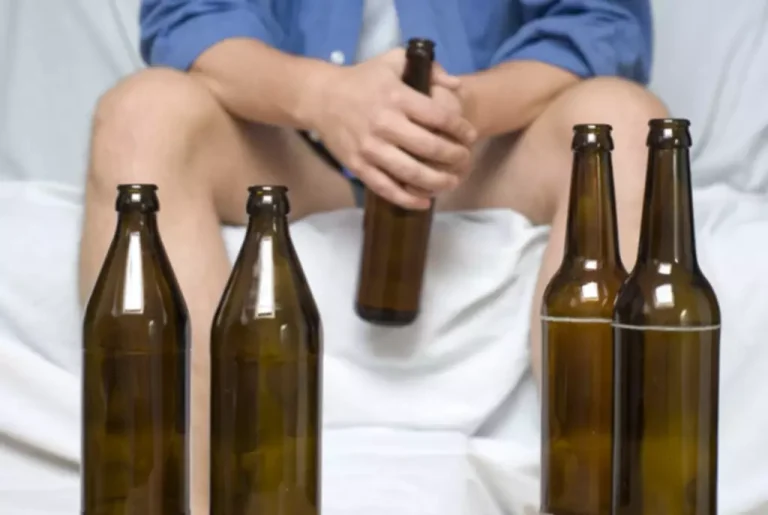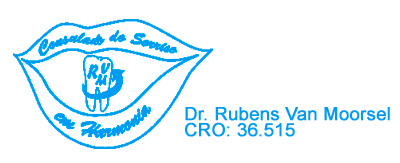
Researchers say this data — and this lived experience — contradicts a widespread misperception that substance-use disorder is a permanent affliction and often fatal. Mable-Jones lost a decade to addiction, entering rehab and relapsing repeatedly. Americans often see the more destructive side of addiction, drug crime, people slumped in doorways and family members who are spiraling downward. Now she’s a homeowner, she started a small business and says life is “awesome.” You can use sobriety savings to pay off debts, save for retirement, or invest in a healthier lifestyle. For those with addiction to harder drugs such as cocaine, opiates, and methamphetamines, it can mean saving thousands of dollars a year.
What medications and devices help treat drug addiction?
We created five gene vectors by subdividing the gene into five segments, each with 15 SNPs, and applied cluster analyses for the detection of “natural” subgroups inherent in the patients’ gene vectors. The study was approved by the local ethics committees in charge of the participating centers. Setting realistic expectations can help you track your recovery progress and stay motivated toward a healthier lifestyle. Having a co-occurring condition can complicate recovery, and treating both conditions is more effective than treating each condition separately. ASAM criteria use six dimensions to create a holistic assessment of an individual to be used for treatment across all levels of care. Therapy may be the best form of treatment for one substance, while a combined type of treatment, such as medication-assisted treatment (MAT), may be best for another.
- This treatment offers 24/7 medical and emotional support, requiring you to live on-site and temporarily step away from work or school commitments.
- Rehabilitation programs play a crucial role in supporting long-term recovery.
- To find another treatment program, browse the top-rated addiction treatment facilities in each state by visiting our homepage, or by viewing the SAMHSA Treatment Services Locator.
- Different types of medications may be useful at different stages of treatment to help a patient stop abusing drugs, stay in treatment, and avoid relapse.
- Furthermore, researchers don’t follow up with study participants after the same amount of time.
- One troubling question is whether this pattern — multiple relapses leading to eventual recovery — will continue now that more street drugs are contaminated with the deadly synthetic opioid fentanyl.
- According to NIDA, 7.7 million people in America have co-occurring mental and substance use disorders.
The Road To Recovery
Like treatment for other chronic diseases such as heart disease or asthma, addiction treatment is not a cure, but a way of managing the condition. Treatment enables people to counteract addiction’s disruptive effects on their brain and behavior and regain control of their lives. The report also identifies the resilience that people in recovery develop as they reported few impacts on their behavioral health during the COVID-19 pandemic. Inquire about the qualifications of staff members as well as the specifics of the therapies offered prior to committing to a particular program. Seeking addiction treatment is a step towards a healthier and happier life, so don’t be afraid to seek help and take the first steps toward recovery. It includes different levels of care, dual diagnosis treatment, and multidisciplinary staff.
- Unlike other NSDUH Annual National Reports, the 2020 report has no comparisons to the previous year, because changes in survey methodology mean the indicators are not comparable to past NSDUH estimates.
- In the case of peer support, this could include support groups like Alcoholics Anonymous or SMART Recovery or online forums or chat rooms focused on recovery.
- You receive guidelines on what to bring and the dos and don’ts during your stay.
- Research on the science of addiction and the treatment of substance use disorders has led to the development of research-based methods that help people to stop using drugs and resume productive lives, also known as being in recovery.
What is the Success Rate of Rehab Programs?
Several factors can either aid or complicate the success rate of addiction recovery programs. For example, having no support system, other co-occurring mental illnesses, and barriers to access treatment can make recovery more difficult to achieve. While some addicts may require several attempts at treatment, the data proves that treatment does work when the addict is committed to their recovery. According to SAMHSA, 68% of people who complete drug and alcohol detox programs report their treatment to be successful. Machine learning models are very prone to picking up genetic ancestry effects in case-control studies.

Renewal Center for Ongoing Recovery
The negative outcome regarding the clinical quantity “onset of improvement” among the F2 patients could also be expected, since this quantity is insufficiently captured by PANSS-P scores that do not take general psychopathology and negative symptoms into account. The F3 sample of more than 600 patients how long is drug rehab was large enough to allow for random splitting tests (repeated split-half technique). Random-splitting repeated 20 times, —under the constraint of reproducibility within and across half-splits—, led to a general drop of correctly classified patients in the range of 10%. On the other hand, no subsamples were detected for which the proposed method of approach entirely failed. In addition to the between-SNP correlations, we also found between-gene correlations. In fact, genotypic patterns observed with a pair of genes must not necessarily be independent of each other but may be “linked” to some extent, so that genotypic patterns can co-occur more often than expected by chance, even across chromosomes.

Receiving Treatment as Planned
While statistics on rising rates of addiction and overdose deaths often make headlines, many people find their way to recovery. The rapid review, with research published up to 25 May 2023, included 16 studies. Infection related harms included direct harms, such as infections and abscesses, as well as behaviours that increased the risk of infection related harms, such as injecting drug use and needle sharing. Interventions included opioid substitution treatment, needle exchange programmes and education programmes. The majority of patients came from Central Europe, so that the variation in biological ethnicity was modest. The molecular-genetic NN classifiers derived through this sample may not necessarily show the same good performance with ethnically different populations, as the weight matrices involved appear to be population-dependent.

Cognitive behavioral therapy (CBT) is by far the most common form of addiction therapy used in both inpatient drug rehab and outpatient substance abuse treatment settings. However, other therapy types cater to different learning styles and experiences. One-on-one psychotherapy is often used at every stage of addiction treatment and recovery support. Response to treatment was quite similar across diagnoses but very heterogeneous across patients.

Write a comment: